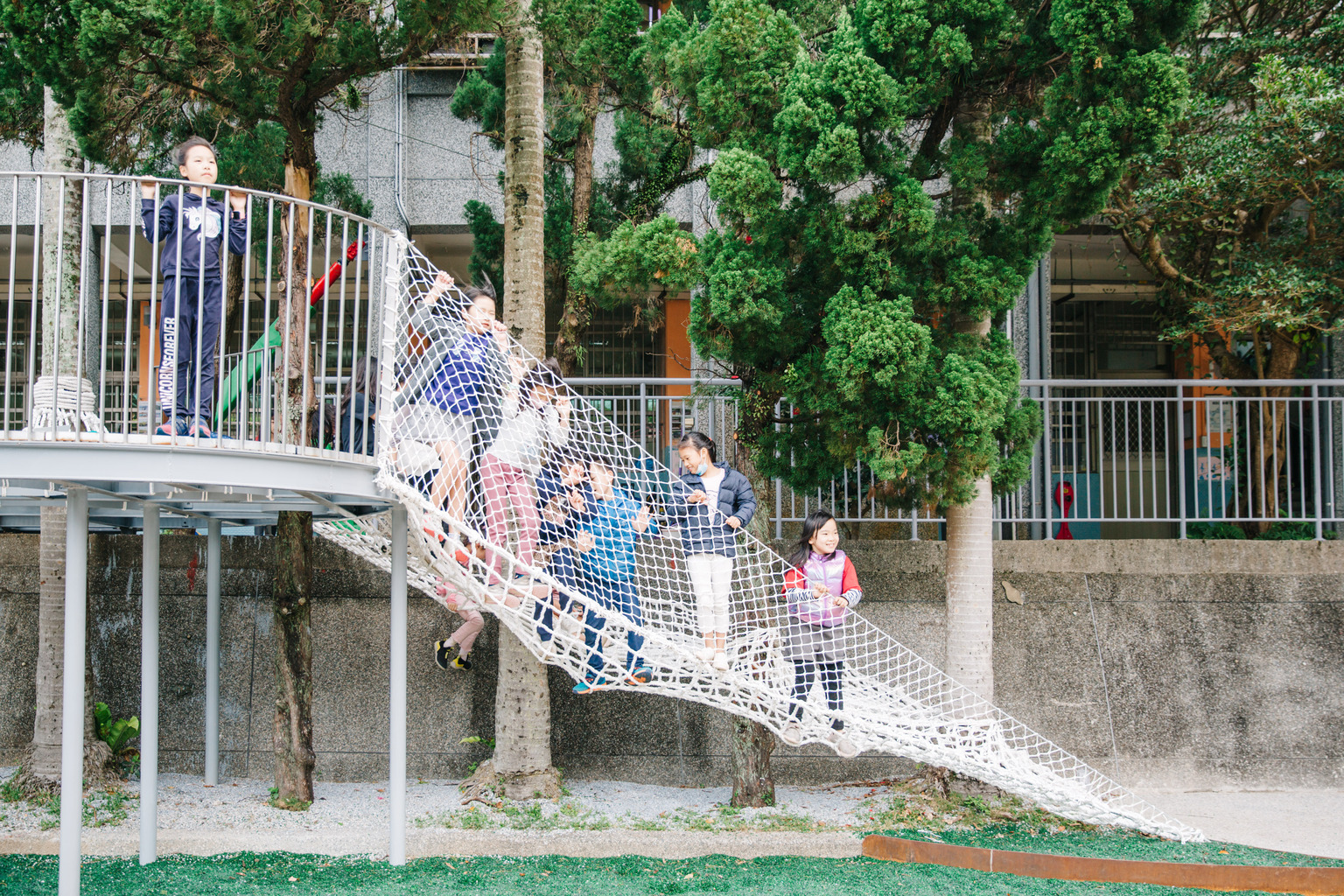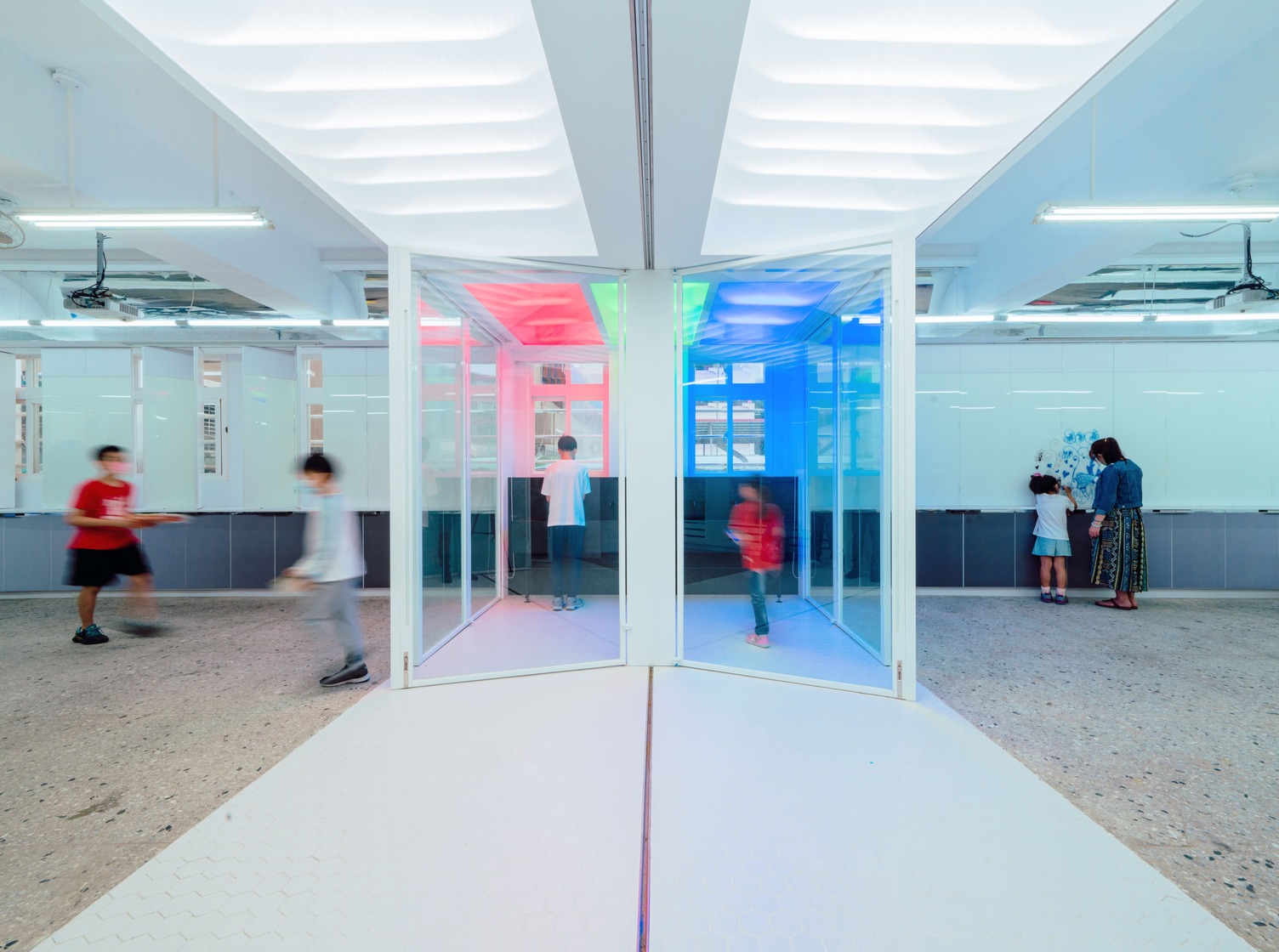Link School and Design through Communication, Giving Space more Possibilities
- Exclusive Interview with President Emil Chao of Chinese Society of Interior Designers
Remember how your childhood school looked like? Years after graduating from their schools, many people get a chance to revisit the old campuses, probably to cast a vote or drop off their children, only to be surprised that, regardless of how times have changed, the campus space seems to be frozen in time. Indeed, for a long time, campus spaces seem to remain beyond the scope of design, and it does not matter how times have changed, the layout and design of schools remain the same.

Bring Better Design into Our Life
Regarding this, Emil Chao, who is the president of Chinese Society of Interior Designers, as well as an advisor of “Design Movement on Campus,” is deeply concerned. That is why, even before he became the president of CSID, he already wanted to change public spaces including district offices, activity centers, and schools of different levels. “Compared to Western citizens’ emphasis on life, Taiwanese people rarely pay attention to own living environment. When we travel abroad, we often think that Japan is very clean, and Europe is very beautiful, but we rarely bring this kind of environments into our own life. In particular, the interior design of the public sector has a huge room for improvement.”
Therefore, when Emil Chao participated in “Design Movement on Campus” executed by TDRI under the commission of Ministry of Education, he wanted to invite more of his fellow interior designers to come to school campuses and make use of their expertise to transform the campuses. However, to most designers, home renovation and commercial space design are not hard, but working on campus is something new. Also, the existing views on design of school principals and teachers cannot be changed overnight. Thus, how schools and design teams can brainstorm and exchange becomes the first challenge encountered by the design team after arriving on campus.


Introduce Design Expertise to Campus, and Key of Success Lies in Communication
Emil Chao shared that, when fellow designers first began campus improvement projects, they often found that the users, contacts, and decision makers, were all different persons; for instance, users would be teachers and students, contact would be the general affairs director, and the decision maker would be the principal. Therefore, design teams had to repeatedly confirm whether the changes really met the needs of users throughout the process. Moreover, principals and teachers did not come from a background in design and they had accumulated some habits over long periods of time, and it took more effort and time for them to embrace changes.
Despite all those, “when design teams sincerely communicated with schools, the schools were usually more than willing to help. In some cases, the design team would discover upon arrival that the space they would be working on had leaks or the building was old and needed repair, and the principal and teachers would try to raise the fund and showed great sincerity. In fact, through the process of communication and figuring each other out, there were often unexpected sparks. The design team usually struggled at first, but towards the end, they were all moved.”
By the third year of “Design Movement on Campus,” with more and more cases of success, it influences increasing numbers of principals, teachers, and students. “Principals and teachers rotate to other schools, and it is possible that those who have participated in ‘Design Movement on Campus’ will take this experience to the next school they work at, affecting more people. As for students, we can see that after the renovation, their behaviors change and they start to treasure public property and maintain the environment, and this kind of changes has great significance. I have even seen some parents being affected by ‘Design Movement on Campus,’ who are willing to fund the project. This shows how parents have recognized with the project.”


Find New Life for Unused Classrooms in the Age of Low Birth Rate
Emil Chao also stressed that spatial renovation must be supported and funded. Design teams made use of their expertise within limited budgets to achieve the goals, but they also hope that the government can see the brilliant results and invest more money in it. “Since ‘Design Movement on Campus’ was launched, the fund has in fact been increasing over the years, although the increase has not been significant. I am sure that the government has responded in this area, and hope that the government will increase the budget more in the future.”
As for schools, Emil Chao reminded that schools that are looking to apply for “Design Movement on Campus” in the future should carry out an inventory on campus spaces, especially with today’s low birth rate, many classrooms or spaces have been unused for a long period of time, and this is when schools can really think about how to turn these unused spaces into better teaching sites through “Design Movement on Campus,” rather than “turning unused spaces into beautiful unused spaces.” In addition to classrooms, faculty offices should be another focus of design, which will provide teachers with the ideal environment, in which they can enhance their sensitivity and sharpness for design and aesthetics, and ultimately influence their students, planting the seeds of more possible changes.




